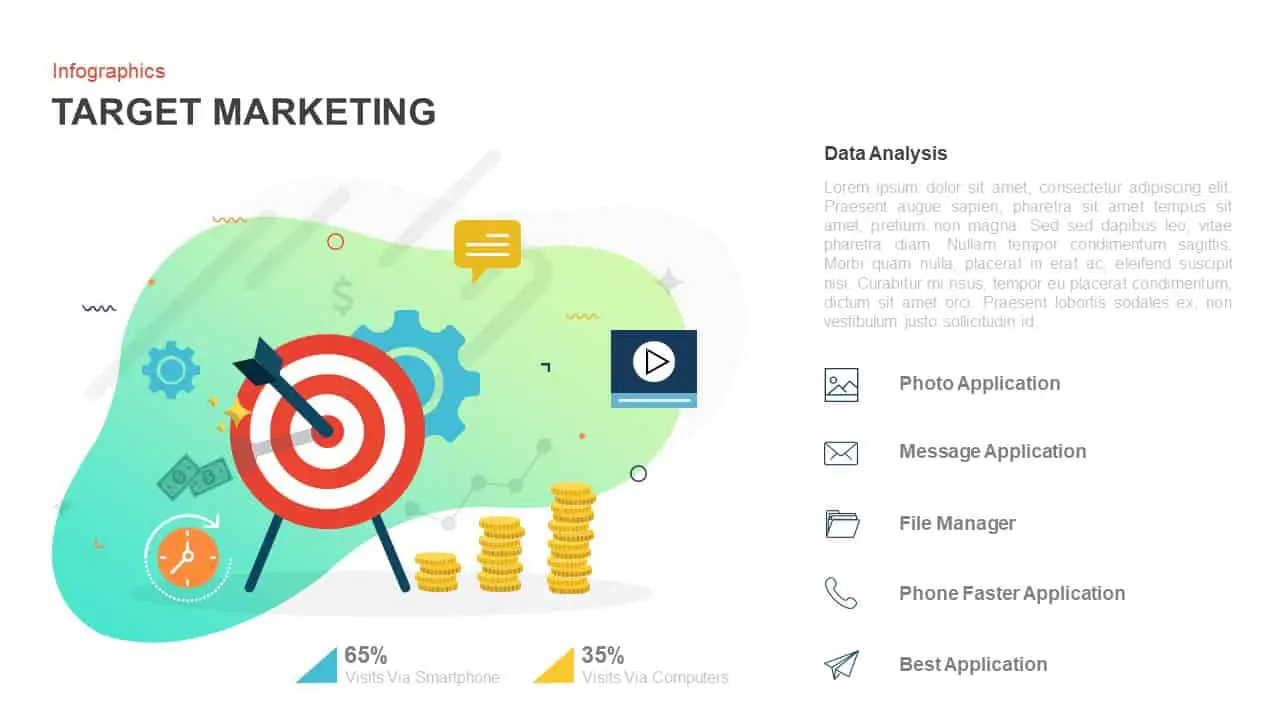Help Your Executives Tell Better Stories Through Presentation Design

In today’s fast-paced corporate environment, executives don’t just need presentations but strategic visual narratives that drive decisions and inspire action. As the manager of a presentation team, you’re uniquely positioned to transform executive communications from mundane slide decks into compelling visual stories.
The challenge? Executive presentations often fall flat. They become dense data dumps that confuse rather than clarify, overwhelming decision-makers instead of guiding them toward alignment and action.
This article will show you how to elevate your presentation design approach to help your executives become more effective storytellers even when they’re presenting complex information under pressure.
Understanding the Executive Presentation Challenge
Before diving into solutions, let’s acknowledge the reality: executive presentations face unique hurdles.
According to recent research from Visme, the average attention span when viewing a screen has decreased to about 47 seconds (source). That’s barely enough time to get through your title slide and agenda. For busy executives presenting to equally busy stakeholders, this presents a significant challenge.
Furthermore, nearly half (47%) of presenters primarily aim to simplify complex information for easier audience digestion, according to Venngage’s presentation design statistics (source). This becomes exponentially more difficult at the executive level, where strategic decisions with far-reaching implications are being discussed.
The good news? With the right presentation design approach, your team can help executives overcome these challenges and deliver presentations that resonate, align teams, and drive action.
Presentation Design for Executives: The Foundation
Corporate presentations require clean layouts, consistent branding, and clear visual hierarchy to command respect and build trust, as noted by Slidor Agency (source). But executive presentations need to go beyond these basics.
The Four Pillars of Executive Slide Design
MIT Sloan Management Review identifies four foundational elements that every executive presentation should include (source):
1. An executive summary that follows a three-act structure – Opening with the big picture before diving into details
2. Logical organization – Information flows in a way that builds understanding progressively
3. Skimmable content with clear hierarchy – Key points stand out visually even when someone is only glancing
4. Concise insights that serve decision-making – Every slide contributes directly to the decision at hand
When your presentation team understands these pillars, they can design slide templates specifically optimized for executive communication templates that make complex information digestible and decision-relevant.
Storytelling Through Presentation Design
Effective executive presentations tell a coherent story, and your design choices should support this narrative structure.
The Three-Act Structure in Executive Presentations
Here’s how to design slides that support a classic three-act structure:
Act 1: Setting the Stage (Context)
- Design elements: Use simple visuals that establish context
- Template example: “Current State” slide with key metrics visualized
- Real-world application: For a strategic update, create a dashboard slide showing where the company stands against key objectives
Act 2: The Challenge or Opportunity (Conflict)
- Design elements: Create visual tension through contrasting colors or layouts
- Template example: “Gap Analysis” slide highlighting discrepancies
- Real-world application: For a project pitch, design before/after visuals showing the problem and proposed solution
Act 3: The Path Forward (Resolution)
- Design elements: Use progressive disclosure techniques to reveal recommendations
- Template example: “Decision Framework” slide with branching options
- Real-world application: For decision-making conversations, create a visual decision tree with clear options and consequences
Effective presentations should last just 10-15 minutes to maintain focus. This means your design must support concise, engaging storytelling within tight time constraints.
Presentation Design Templates for Key Executive Moments
Different leadership moments call for different presentation approaches. Here are practical templates your team can develop for common executive scenarios:
Strategic Update Template
Research from Duarte emphasizes that executive presentations must get to the point quickly, highlighting what matters most to busy decision-makers (source). A strategic update template should include:
1. Headline slide: One-sentence summary of the update
2. Scorecard slide: Visual dashboard showing KPIs with clear color-coding
3. Changes slide: What’s different since the last update, with arrows indicating direction
4. Focus areas slide: 2-3 key priorities with supporting data
5. Action slide: Clear next steps with owners and deadlines
Real-world example: When Microsoft’s Cloud division presents quarterly updates to leadership, they use a consistent template that shows progress against objectives using a simple red/yellow/green system, with the ability to drill down only where necessary.
Project Pitch Template
Project pitches need to quickly establish the value proposition and ROI. Your template should include:
1. Problem statement slide: Clearly articulating the challenge with supporting data
2. Solution overview slide: Visual representation of the proposed solution
3. Impact slide: Expected outcomes visualized (often with a before/after comparison)
4. Resource requirements slide: Simple breakdown of needed resources
5. Timeline slide: Visual roadmap showing key milestones
Real-world example: Amazon’s famous “PR/FAQ” approach translates well to presentations, where product teams create mock press releases for proposed projects, then design backward-looking slides that show how the successful project was implemented.
Decision Framework Template
For meetings where executives need to make critical choices, your template should include:
1. Decision statement slide: Clearly articulating what decision needs to be made
2. Options comparison slide: Side-by-side visual comparison of alternatives
3. Risk assessment slide: Heat map of potential risks for each option
4. Recommendation slide: Clear visualization of the recommended path
5. Implementation slide: Next steps if the recommendation is approved
Real-world example: When Netflix leadership evaluates new markets for expansion, they use a consistent decision framework presentation that weighs market size, competitive landscape, and infrastructure requirements in a visual matrix.
Design Principles for Executive Presentations
To help your executives tell better stories, incorporate these design principles into your templates:
1. Progressive Disclosure
Don’t show everything at once. Design slides that reveal information gradually, allowing executives to build their narrative as they present. This is particularly important since attention spans have dropped dramatically, with some studies suggesting they’re now as short as eight seconds by 2025 (source).
Practical application: Create slides with staged animations that introduce concepts one at a time, allowing the presenter to control the flow of information.
2. Visual Hierarchy Through Design
Venngage’s research shows that customized presentation templates based on survey data aid in creating effective decks (source). Your templates should establish clear visual hierarchy that guides the viewer’s eye to the most important information first.
Practical application: Use size, color, and positioning to establish a consistent information hierarchy across all slides, with the most critical information receiving the most visual prominence.
3. Whitespace as a Strategic Element
According to Slidor Agency, white space enhances professionalism in corporate presentations (source). This is especially true for executive presentations, where clarity is paramount.
Practical application: Design templates with ample margins and breathing room between elements, reducing the temptation to overcrowd slides with information.
4. Consistent Visual Language
Develop a visual shorthand that becomes familiar to your executive team and their audience. This might include consistent icons, color meanings, or chart styles.
Practical application: Create a simple design system for your executive presentations that codifies how different types of information are represented visually.
Supporting Your Executives Beyond the Design
Great presentation design is only part of the solution. Duarte recommends using pre-reads, leave-behinds, and practiced delivery to enhance confidence and impact when presenting to executives (source).
Train your presentation team to:
1. Create effective pre-read materials that complement the presentation design
2. Develop leave-behind documents that expand on slide content for later reference
3. Coach executives on how to leverage the design elements in their delivery
Measuring Success: Beyond Aesthetics
How do you know if your presentation design is actually helping executives tell better stories? Look beyond subjective feedback about how “nice” the slides look.
Track metrics like:
– Time spent in decision-making meetings (shorter is often better)
– Decision quality and consistency
– Implementation follow-through on presented initiatives
– Requests for presentation support from executives (increasing numbers suggest your approach is valued)
Putting It All Together: A Case Study
Let’s look at how one presentation team transformed their approach to supporting executive communications:
A technology company’s presentation team was frustrated by last-minute executive requests that resulted in dense, text-heavy slides. After analyzing their executives’ presentation needs, they created a library of purpose-built templates specifically designed for different types of executive communications.
For quarterly business reviews, they developed a template with consistent dashboard elements that made performance trends immediately visible. For product roadmap presentations, they created templates that visualized dependencies and timelines in a standardized way.
The result? Meeting time decreased by 30%, decision clarity improved, and the presentation team became strategic partners rather than last-minute slide producers.
Conclusion
As presentation design becomes increasingly important for executive communication, your team has the opportunity to move beyond creating slides to shaping how leadership stories are told throughout your organization.
By creating purpose-built templates that support narrative structure, embrace design principles that enhance clarity, and recognize the unique demands of executive communication, you can help your leaders tell stories that drive alignment and action even in an age of shrinking attention spans.
Remember, great presentation design for executives isn’t about flashy graphics or complex animations. It’s about creating visual frameworks that make complex information accessible, support clear decision-making, and enable leaders to communicate with confidence and impact.


